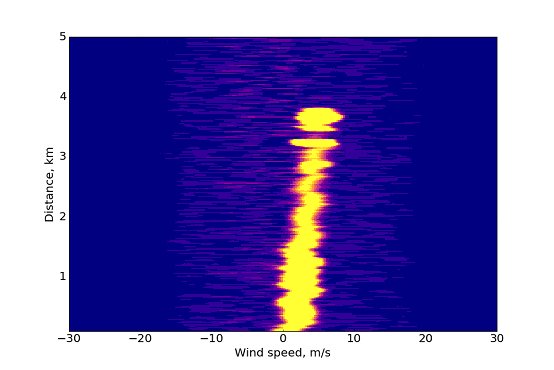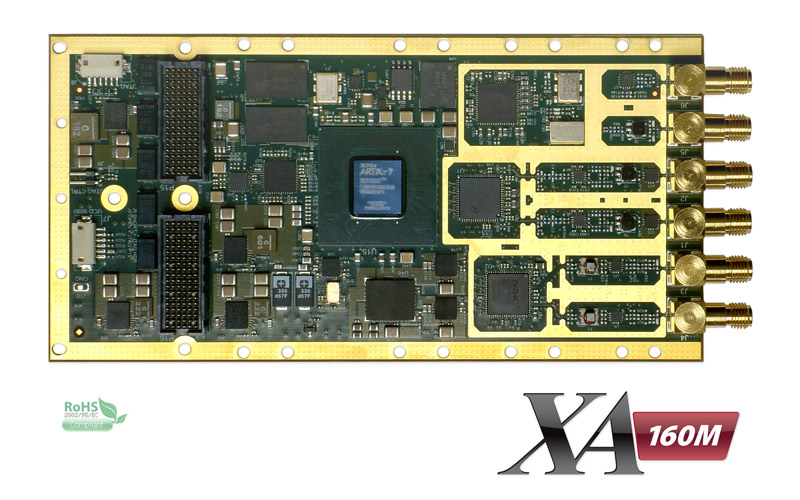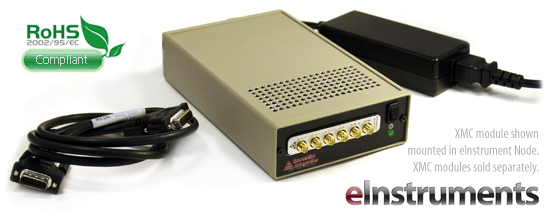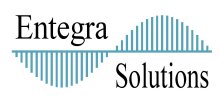
Real time Doppler plot from real time Lidar
Related Products
Introduction
The Fraunhofer Centre for Applied Photonics (CAP), UK, is a world-leading centre in the field of applied laser research and development. Fraunhofer CAP is involved in a wide range of photonics applications including energy, security, environmental, sensing, space, life sciences and quantum technologies. Photonics and optical technologies are enabling technologies which address a wide range of markets.
Fraunhofer have been building LiDARs for mapping the wind by measuring the Doppler shift of light scattered of aerosols in the atmosphere. In early 2017 Fraunhofer had been developing signal processing algorithms for this remote sensing using photonics. The algorithms that computed range and doppler were running on a PC in non real time on data acquired from a high speed digitiser. The next stage of the project was to make it real time on a low cost platform.
Challenge
The remote sensing algorithms make heavy use of Fast Fourier Transforms. A typical processing scenario would require 10 million 256 point complex FFT’s to be computed every second. That’s ~80,000 million multiply accumulates per second. That’s a couple of orders of magnitude more than the fastest i7 Kabylake processor can achieve. The algorithm is however massively parallel, which suits a Field Programmable Gate Array (FPGA). Therefore the algorithm needed acceleration through parallelism by moving implementation from software to logic.
Solution
For more than 20 years, Entegra Solutions have been representing US companies that specialise in high sample rate, FPGA based data acquisition. Innovative Integration Inc (a Molex company) has been represented by Entegra Solutions since 2000, and Entegra Solutions have delivered many software and FPGA design based solutions with their products.
After considering several hardware options, the XA-160M, a new dual 160MSPS Adc and 615MSPS Dac board with Artix-7 FPGA was selected for implementing the digitising and algorithms in real time. It offers high speed acquisition at a price that makes the solution cost effective compared to higher bandwidth alternatives.

XA-160M XMC module from Innovative Integration Inc
The XA-160M is the first in a new family of XMC modules by ISI LLC that combines high bandwidth analogue to digital and digital to analogue devices with the Xilinx Artix-7 FPGA, offering 4 lanes of Gen 2 PCIe for communication between host and FPGA. The board is complete with example programs and working logic supplied in VHDL.
By using a dual Dac and Adc on the board, the transmit and receive signals can be clocked and gated together from a single PLL, achieving tight coherence, essential for most remote sensing applications.
The Xilinx Artix-7 family is supported by Xilinx’s Vivado Design Suite for VHDL design. The tool includes an IP library including FFT’s, multipliers and adders. Entegra Solutions developed all the IP control logic to integrate the functional blocks for the algorithms and insert them into the data flow provided by Innovative’s logic framework.
Fraunhofer desired to have PC processing with ease of flexibility, so LabVIEW was used as a front end control and display for the system. Entegra Solutions designed a software interface between the XA-160M board and LabVIEW, packing the code as a Dynamic Linked Library (DLL).
Result
The engineering team at Entegra used a combination of VHDL simulation and real time dynamic loopback testing on the XA-160M, to develop and prove that sections of the algorithms were fully functional. In the early stages one of the software examples from Innovative was adapted rather than use LabVIEW, which eliminated a layer of complexity. As the logic became more stable the DLL was developed and the LabVIEW Virtual Instrument front end was added. A section of the LabVIEW Virtual Instrument is shown below.

Section of virtual instrument in LabVIEW
The system came alive when the boards and IP were delivered to Fraunhofer and they were able to test it when driving the laser and receiving signals from the photo diode. Since the receiver needs to pass DC, a digital solution to DC offset needed to be added to the logic. The board output was compared with the results obtained from the previous stage which used the PC to run the receiver algorithms, the results were identical except now they were being generated continuously in real time.
The project took 9 months from initial scoping out to implementation and collecting results. Fraunhofer used both the XMC adapter for internal PC use and the external free standing eInstrument DAQ node adapter shown below that uses optically isolated signals to connect to the host, thereby isolating the node from the PC supplies.

eInstrument DAQ node for mounting XMC module external to PC
Below is the result when pointing the laser at the sky in Glasgow. The laser is pointing at less than 90 degrees to the ground. The plot shows the wind speed from near ground level to almost 4 km and the increase of wind speed with height can clearly be seen. The first few 10 metres of range results are omitted due to internal reflections and saturation by the transmitter. Signal loss through the clouds above 3.25 km reduces the maximum range to about 4 km, and a gap between two clouds can be seen around 3.4 km.

Real time Doppler plot from Lidar
Conclusions
From both sides of the project it has been a great success.
Dr Simon Toft Sorensen, Researcher at Fraunhofer said “It has also been a great project for us and I have been very impressed with the quality of your work and the clear communication throughout the project.”
Making use of the development framework from Innovative Integration for adding signal processing to the logic and control via the Malibu software libraries was also fairly painless.
Entegra Solutions looks forward to further collaboration with Fraunhofer Centre for Applied Photonics in the future.
John Owen
Technical Director
Entegra Solutions Ltd.
[email protected]
01590 671 700
November 2017.
More detailed write up in PDF format.
Further datasheets on the products mentioned here can be obtained from:
https://www.entegra.co.uk/ii-products/xa-160m/
